- Radiofrequency ablation as a treatment modality has revolutionized therapy for many SVTs; acts as a first-line alternative to drug therapy in some circumstances, with a high acute success rate and relatively low complication rate.
- Cryoablation therapy emerging as an alternative in ablative therapies. Investigation of this modality for SVTs is ongoing.
- Detailed drug regimens optimized for acute and chronic management of specific SVTs; detailed in the 2015 ACC/AHA/HRS practice guidelines.
Latest Updates
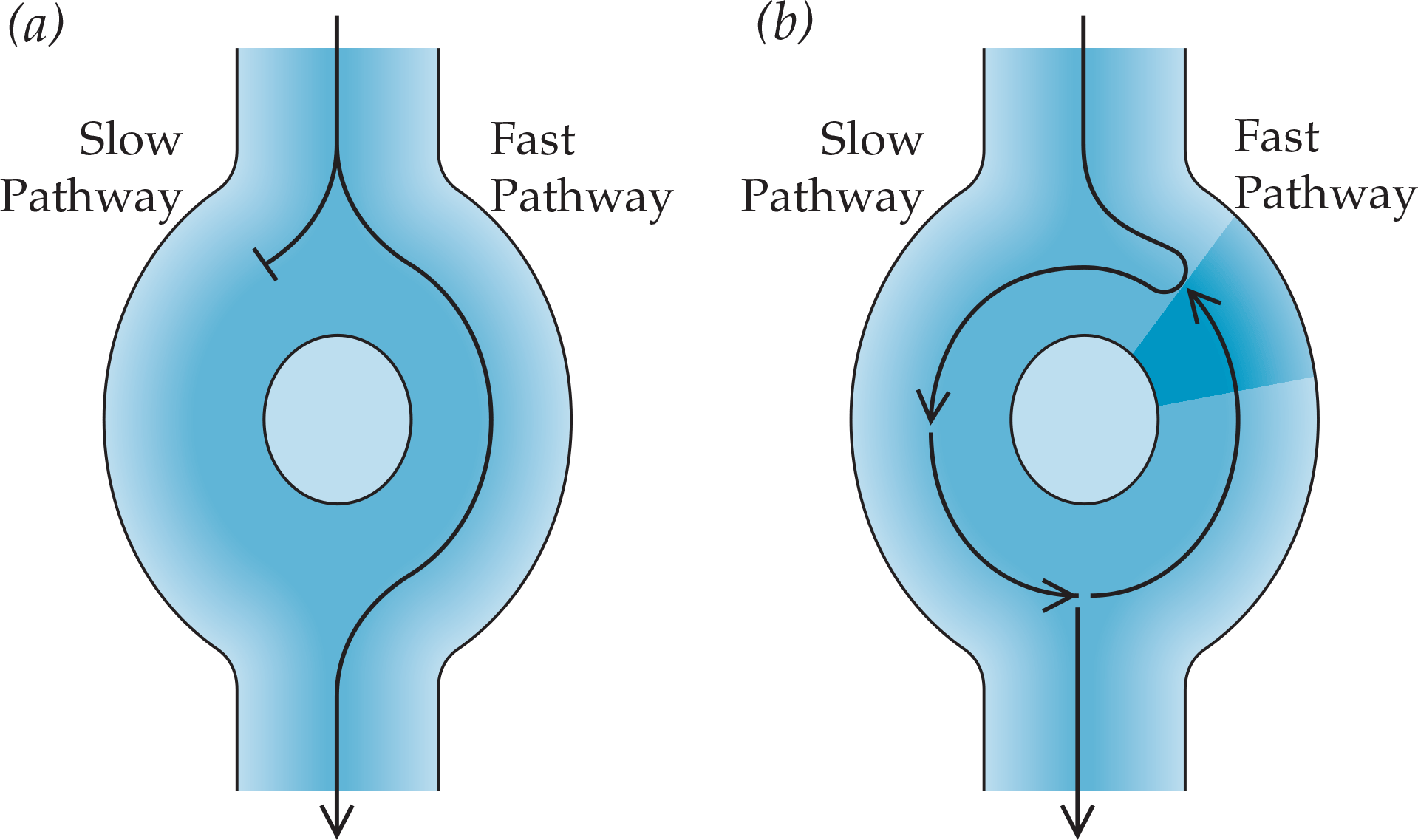
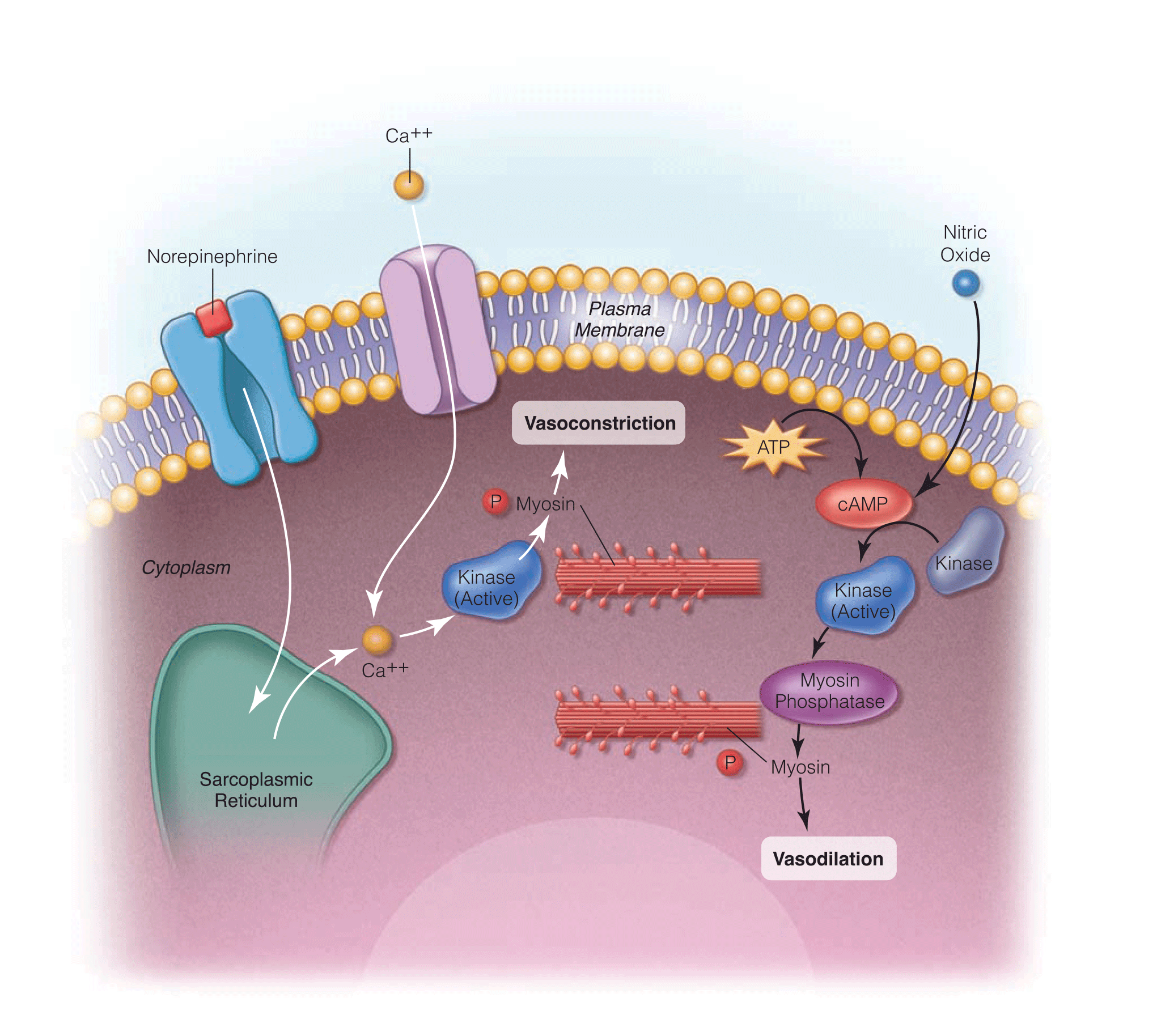
- Sepsis syndromes have been redefined (Sepsis-3 definitions) by international experts, based on sepsis mortality data extracted large administrative databases.
- National focus has turned to early identification of sepsis as a key determinant of outcomes. International critical care experts have recommended using the qSOFA criteria in the Emergency Department setting to identify sepsis risk in patients prior to obtaining diagnostics.
- The Center for Medicare and Medicaid Services (CMS) has added a sepsis quality measure (SEP-1) as a reporting requirement for all US hospital tied to Medicare & Medicaid reimbursement. This measure has increased awareness of sepsis performance and focused quality efforts on improvement.
- 2018 update to bundles to simplify to 1-hour bundle.
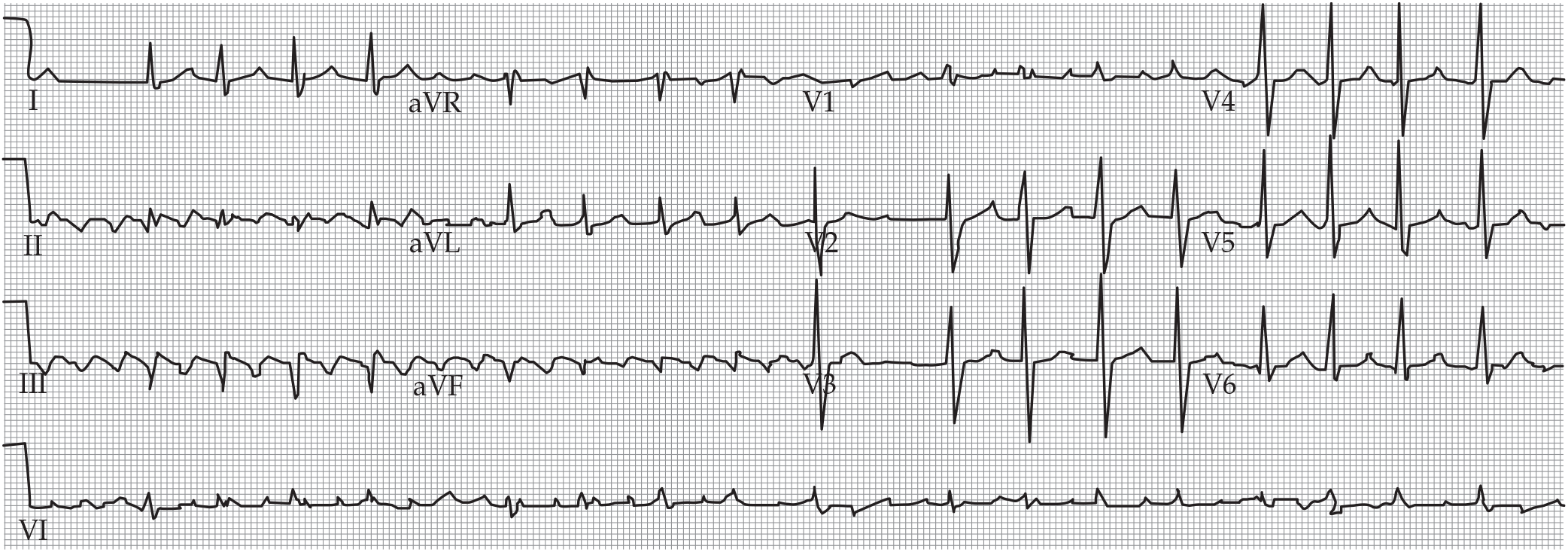
- Latest available ACC/AHA guidelines and ongoing controversy around optimal heart rate targets
- Updated classification for patients with valvular and nonvalvular AF algorithm for maintenance of sinus rhythm
- 2019 AHA/ACC/HRS and 2020 ESC/EACTS practice guidelines delineated new and modified anticoagulation recommendations pertaining to NOACs.
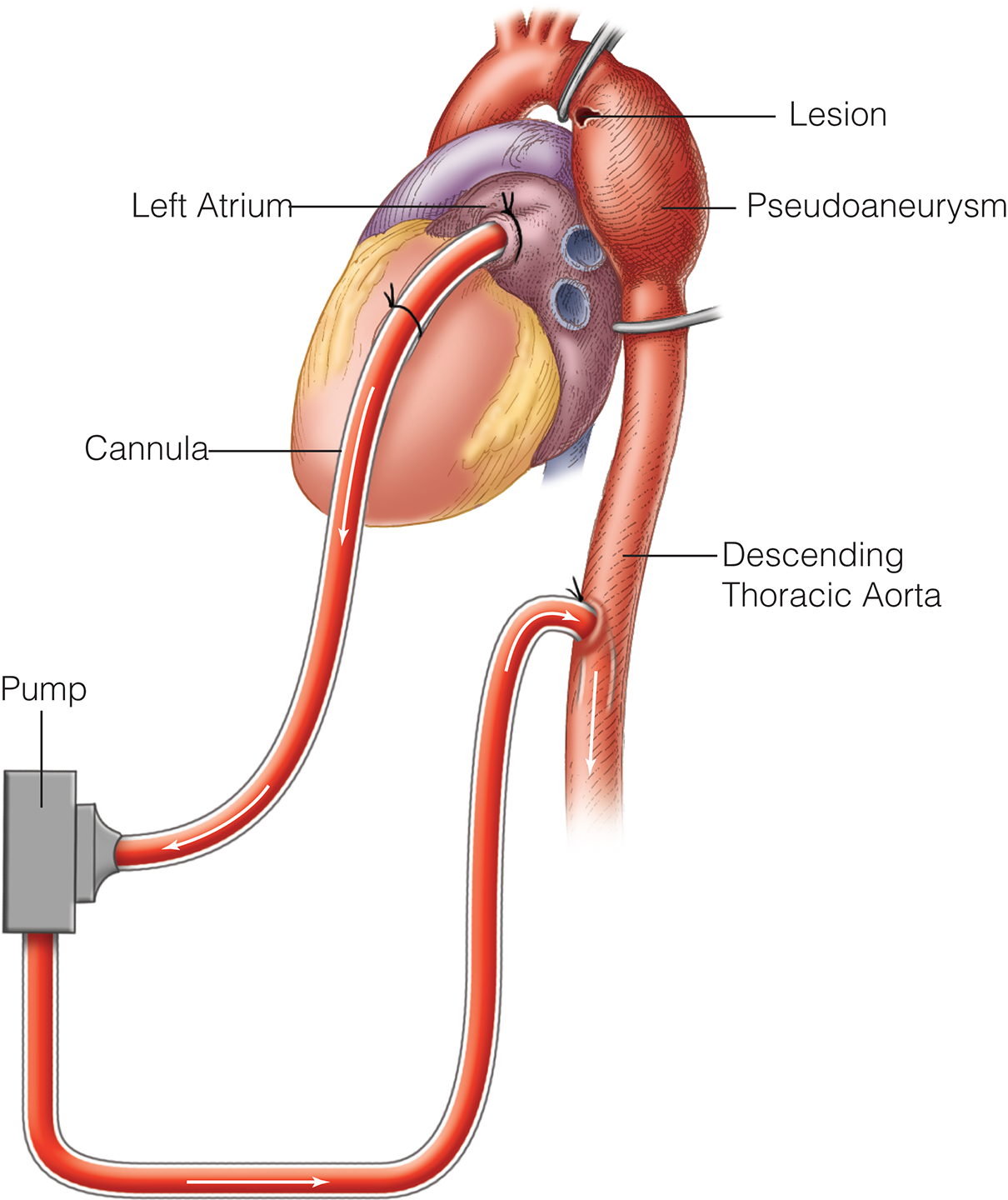
- BTAI is now the gold standard n treating patients with these problems
- The grade of injury with these lesions has been defined and there is controversy on which lesion should be treated and how emergently
- Recently in the US a device changed its IFU because of complications after TEVAR for BTAI. It was being used outside its IFU.
- Recent advancement on sizing and device differences between BTAI and other pathologies treated with TEVAR

- BTAI is now the gold standard n treating patients with these problems
- The grade of injury with these lesions has been defined and there is controversy on which lesion should be treated and how emergently
- Recently in the US a device changed its IFU because of complications after TEVAR for BTAI. It was being used outside its IFU.
- Recent advancement on sizing and device differences between BTAI and other pathologies treated with TEVAR
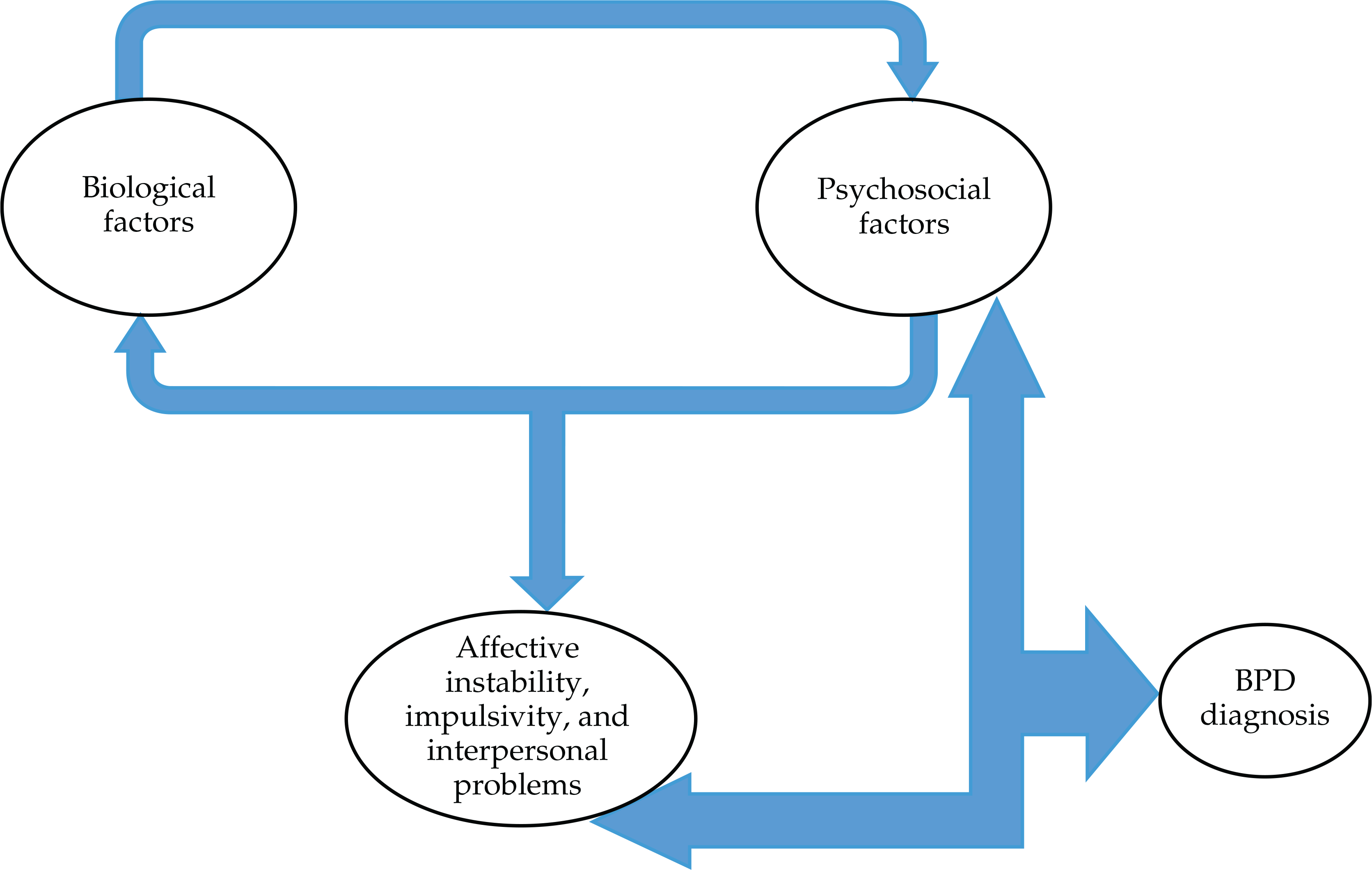
Part 1: Borderline Personality Disorder and Its Clinical Features
- Diagnosing borderline personality disorder (BPD) is focused on identifying patterns of symptoms that are consistent over time across several domains.
- Development of BPD depends on an interactive combination of temperamental factors and environment stresses.
- Distinguishing BPD from other psychiatric disorders, such as bipolar disorder, is essential in providing effective treatment.
- Patients with BPD are highly stigmatized in the mental health system and receive poorer quality of care than patients with some other disorders.
- BPD has a positive prognosis, with improvements typically seen within several years.
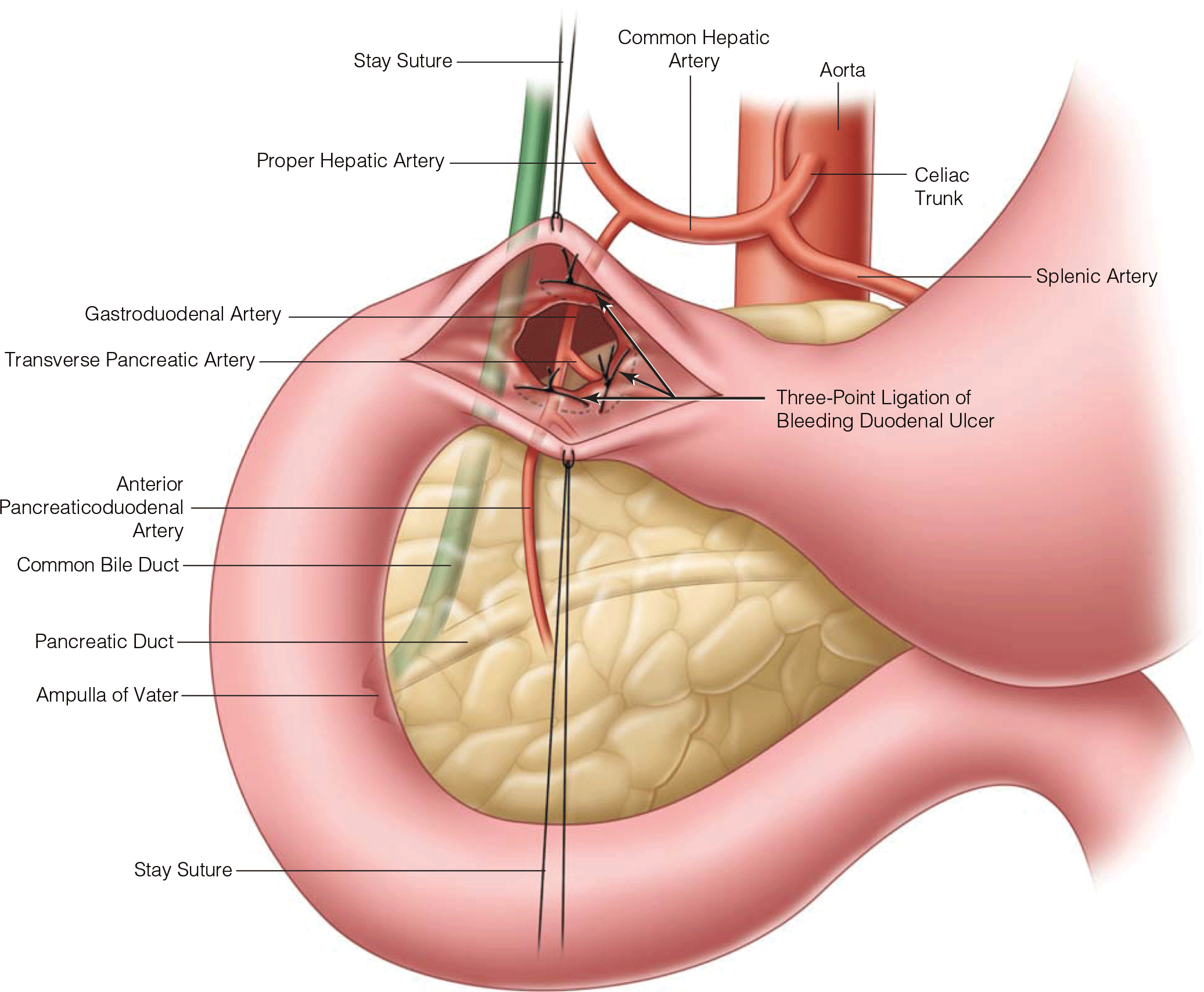
Gastrointestinal: Upper Gastrointestinal Bleeding
- Several clinical prediction scores have been developed to risk-stratify patients presenting with upper gastrointestinal bleeding (UGIB) and can help guide the sequence of diagnostic tests and subsequent management. The two most commonly used are the Glasgow-Blatchford score and Rockall score. These scoring systems are designed to aid in the identification of patients who will require acute interventions and determine the risk of rebleeding and mortality.
- Endoscopic intervention is beneficial in high-risk patients with UGIB, reducing the rate of rebleeding, the need for surgical intervention, and mortality. Recent advances in the use of combination therapies and newer mechanical means of hemostasis have increased the success of endoscopic management.
- Contrast-enhanced, multiphase computed tomography (CT) techniques have improved dramatically over the last decade. CT serves as an excellent complementary test to endoscopic techniques in the management of the hemodynamically stable patient.
- Transcatheter angiographic embolization is an attractive alternative to surgical intervention in select patients. Advances in catheter-based delivery systems have increased the success rate of angiographic embolization, particularly in patients who have a failed second attempt at endoscopic hemostasis.

- Latest available ACC/AHA guidelines and ongoing controversy around optimal heart rate targets
- Updated classification for patients with valvular and nonvalvular AF algorithm for maintenance of sinus rhythm
- 2019 AHA/ACC/HRS and 2020 ESC/EACTS practice guidelines delineated new and modified anticoagulation recommendations pertaining to NOACs.


.png)







